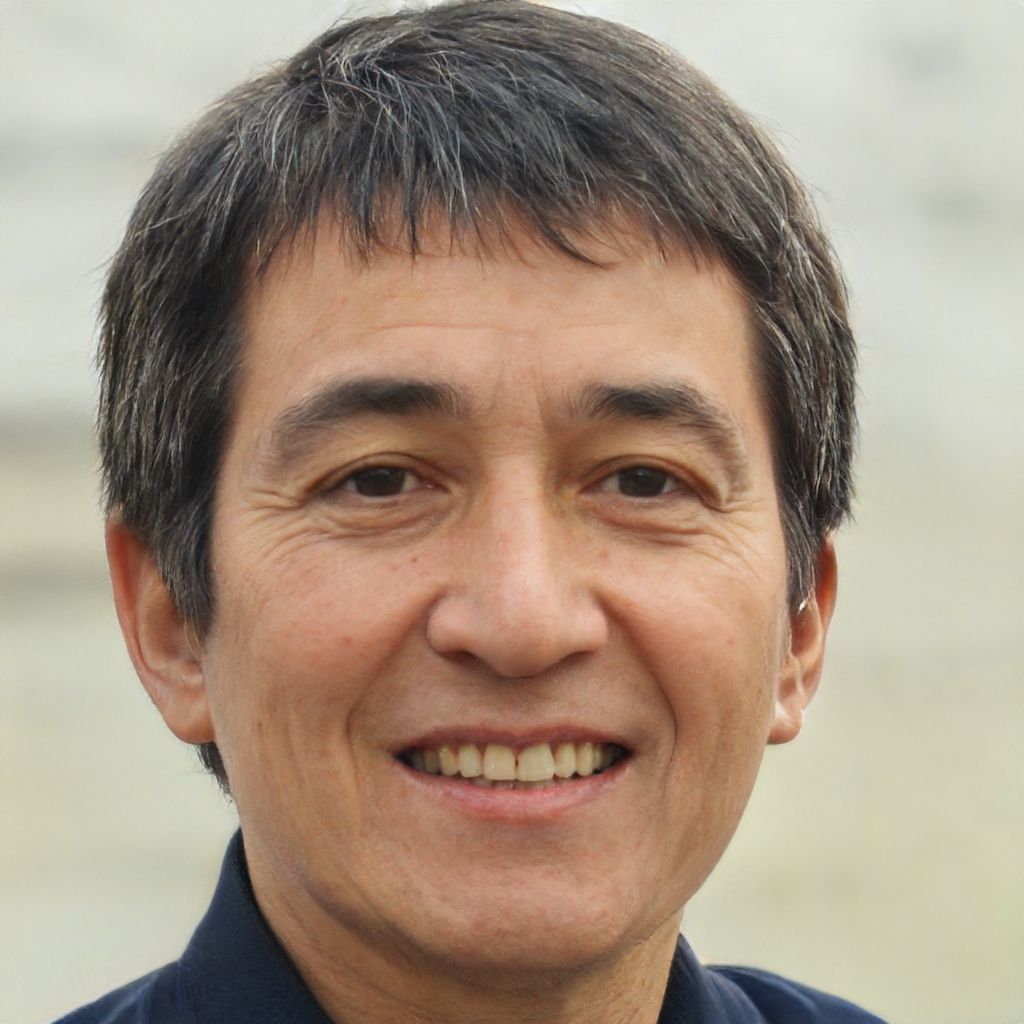The Federal Reserve has announced that interest rates will remain higher for a longer period than expected, contradicting investor beliefs. Featured on Monday, the presidents of the Chicago and Cleveland regional Fed banks issued statements advising Wall Street not to anticipate any imminent reduction in interest rates.
Cleveland Fed boss Loretta Mester, speaking with the Financial Times, stated that markets had gotten ahead of the Fed's timeline for rate cuts. Meanwhile, Austan Goolsbee from the Chicago Fed expressed confusion during a CNBC interview over the market's response to the Fed's decision to maintain unchanged interest rates. Last week, the Fed confirmed that the benchmark short-term rate would remain within the range of 5.25% to 5.5%.
Interestingly, following the announcement, stock prices soared to an all-time high, bond yields dropped to a five-month low, and expectations for the first rate cut shifted from the summer of 2024 to March. Fed Chairman Jerome Powell indicated that discussions were ongoing within the central bank regarding when to "begin dialing back" interest rates. This statement, along with other remarks, presented a seemingly more accommodating stance, leaving investors with the impression that rate cuts may occur sooner than anticipated.
However, despite market optimism, Fed officials have expressed concern. New York Fed chief John Williams stated last Friday that the central bank is not actively considering rate cuts. Furthermore, Atlanta Fed President Raphael Bostic, one of the more dovish senior Fed officials, projected only two rate cuts for next year, while some forecasters on Wall Street had predicted as many as seven.
According to Mester, the primary focus of Fed officials is determining how long they should keep rates high in order to effectively manage inflation.
The Fed Raises Interest Rates to Combat Inflation Surge
The Federal Reserve recently made the decision to increase a key short-term interest rate in the United States, pushing it up to a maximum of 5.5% from almost zero. This move comes as a response to the alarming 9.1% peak in inflation, the highest seen in four decades.
By raising interest rates, the aim is to curb inflation by slowing down economic activity and reducing the demand for goods, services, and labor. However, the market's reaction to Federal Reserve Chairman Jerome Powell's decision has led to an unexpected consequence. Longer-term interest rates that are not directly controlled by the Fed have experienced a significant decline. Lower interest rates tend to stimulate economic growth but can also exacerbate inflation.
For example, the yield on 10-year bonds plummeted to as low as 3.91% from the previous week's 4.23% and rose as high as 5% just a month prior.
Amidst this, there has been a barrage of comments from other senior Fed officials who aim to readjust investors' expectations. This is mainly because inflation may not slow down to the Fed's targeted rate of 2% as promptly as officials would prefer. Currently, using the Fed's preferred PCE index, the inflation rate sits at 3%. Additionally, core PCE inflation is even higher at 3.5%.
Although there has been some decline in overall inflation, the service sector continues to suffer from elevated prices, including increases in rents, transportation costs, and recreational activities. Medical expenses are also on the rise once again.
Because of these concerns, Fed officials are striving to caution and steer the markets away from certain expectations.
President and CEO of the Federal Reserve Bank of Cleveland, Loretta Mester, stated to the Financial Times, "The next phase is not when to reduce rates, even though that's where the markets are at. It's about how long do we need monetary policy to remain restrictive in order to be assured that inflation is on that sustainable and timely path back to 2%."

 Charles J. Laurent
Charles J. Laurent

Leave A Reply
Your email address will not be published. Required fields are marked *